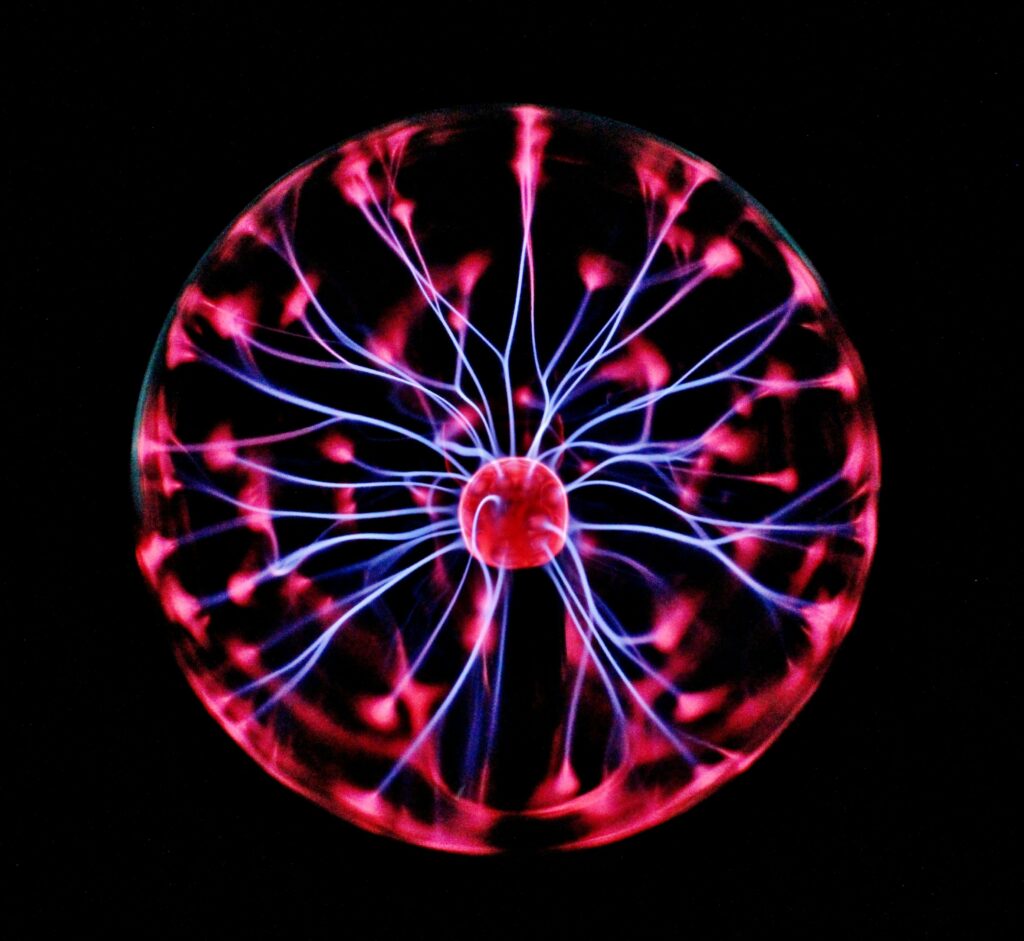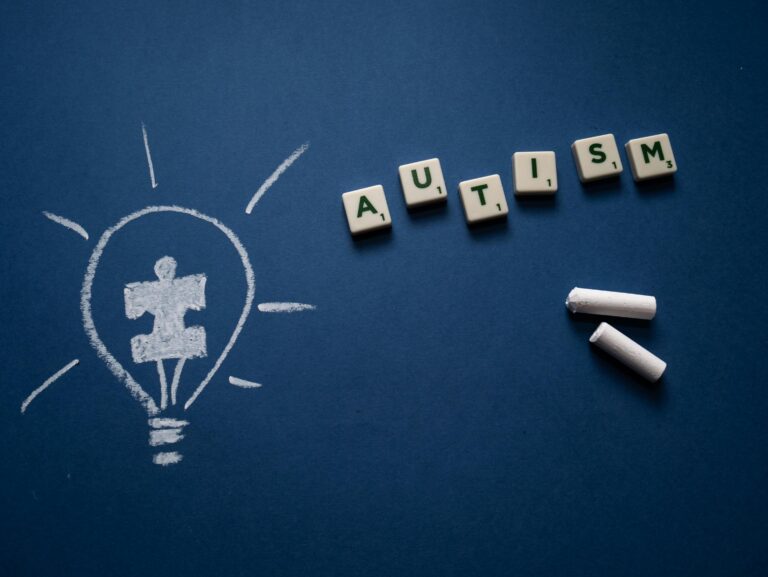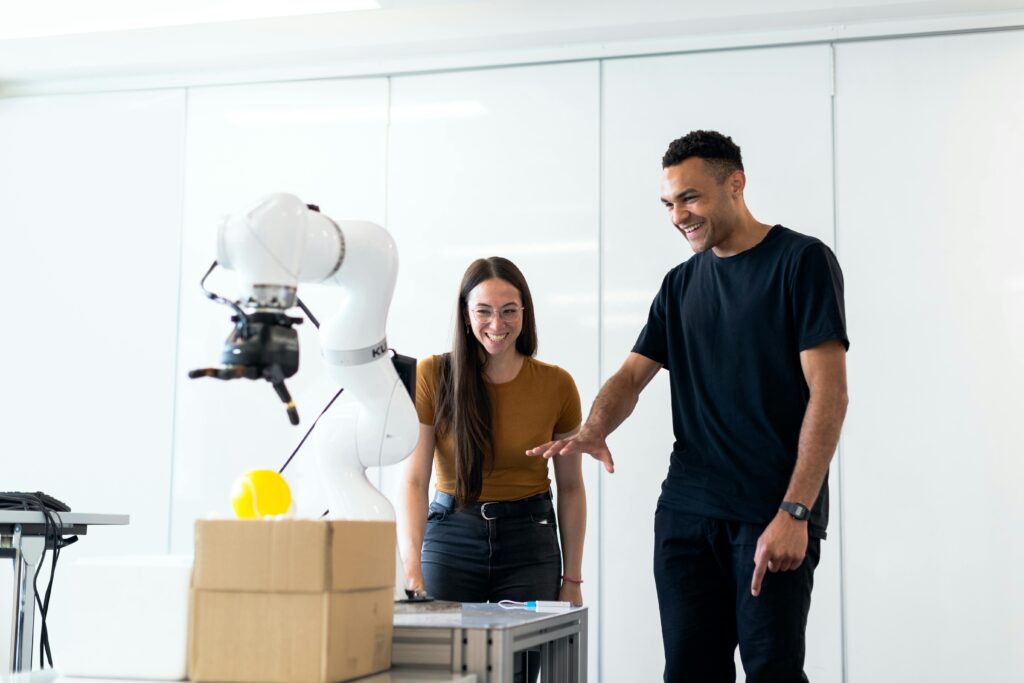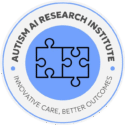
TECHNOLOGY PUSH
1. Early Diagnosis and Screening
AI-powered diagnostic tools for early detection and interventions can begin, which can significantly improve outcomes for children.
- AI Analysis of Speech Patterns: AI to analyze the speech and vocal patterns of young children. Differences in speech—such as unusual intonations, tone, or rhythm—can be early indicators of autism. AI tools can automatically assess these speech patterns and flag potential signs of ASD.
- Behavioral Analysis: AI tools can analyze video footage of children to assess behavior patterns, such as social engagement, repetitive movements, and communication. These systems can provide insights that assist clinicians in making more accurate diagnoses.
2. Personalized Therapy and Intervention
AI-driven therapy tools can provide tailored interventions that meet the unique needs of each individual with autism.
- Virtual Therapists: Some apps and programs use AI to act as a “virtual therapist” to teach social skills, emotional regulation, and behavioral management. These systems use natural language processing (NLP) and machine learning to interact with users and adapt to their responses in real-time.
- Social Skill Training: AI-based simulations or interactive platforms can offer social scenarios where users can practice social skills in a safe, controlled environment. For instance, virtual environments where children can practice making eye contact, taking turns, or understanding emotions in others.
- Emotion Recognition and Response: AI programs that recognize facial expressions, body language, and tone of voice can teach individuals with autism how to identify emotions in themselves and others. Some apps offer real-time feedback on emotional cues and responses.
Speech Therapy: AI-powered speech therapy tools help children with autism improve their verbal communication. These tools can analyze pronunciation, intonation, and grammar, providing corrective feedback. AI can also create custom lessons based on the child’s unique challenges.
3. Autism-Friendly Assistive Technologies
AI is integrated into various assistive technologies that make daily life more accessible and manageable for individuals with autism.

- Communication Aids: AI can enhance augmentative and alternative communication (AAC) devices, such as tablets or voice output devices. These systems learn from user input, offering predictive text or symbol selection that adapts over time to the user’s preferences.
- Sensory Processing Tools: AI can adjust environmental factors such as lighting, sound, and even temperature to cater to the sensory needs of individuals with autism. For example, smart lighting systems that adjust brightness or color based on the user’s current sensory preferences or state of mind.
- Behavior Tracking Apps: AI-powered apps can track a child’s behavior patterns, providing parents and caregivers with real-time analytics. These apps can detect triggers for meltdowns or anxiety and offer suggestions for how to manage or mitigate those behaviors.
4. Education and Learning Tools
AI can significantly enhance educational experiences for children with autism by adapting content to their learning needs.
- Adaptive Learning Platforms: AI-based platforms can adjust the pace and difficulty of lessons based on the student’s performance. If a child with autism is struggling with a specific concept, the AI can detect this and provide additional practice or alter the approach to suit the child’s learning style.
- Interactive Educational Games: AI-driven educational games are becoming popular tools for teaching skills like problem-solving, reading, math, and social interaction. These games can be tailored to the child’s learning level and offer real-time feedback, which is crucial for children with autism who may need extra reinforcement.
- Social Story Apps: Social stories are a common tool used to teach individuals with autism about social situations. AI can help generate personalized social stories based on specific scenarios, such as visiting a doctor or attending a birthday party, helping the individual prepare for real-world events.
5. Assistive Robots and AI Companions
Robotic companions powered by AI are being developed to provide social interaction and assist with therapy.

- AI-powered Assistants: Smart assistants, like voice-activated AI can help children with autism with tasks like reminders, schedules, and communication. These assistants can also be customized with routines or prompts that help individuals stick to their daily schedules or assist in transitions.
6.Predictive Analytics for Behavior
AI and machine learning are being used to analyze data from behavior tracking tools, helping caregivers and clinicians predict and manage behaviors.
- Behavioral Prediction: By collecting data on an individual’s behavior patterns, AI algorithms can predict when certain behaviors (like meltdowns or withdrawal) are more likely to occur. This enables caregivers to take proactive steps to prevent or manage challenging behaviors before they escalate.
- Data-Driven Insights: AI can process large volumes of data from wearables (like smartwatches or sensors) and help identify correlations between behaviors and environmental factors (e.g., time of day, noise levels, or social interactions). This allows for personalized interventions that are tailored to the individual’s unique needs.
